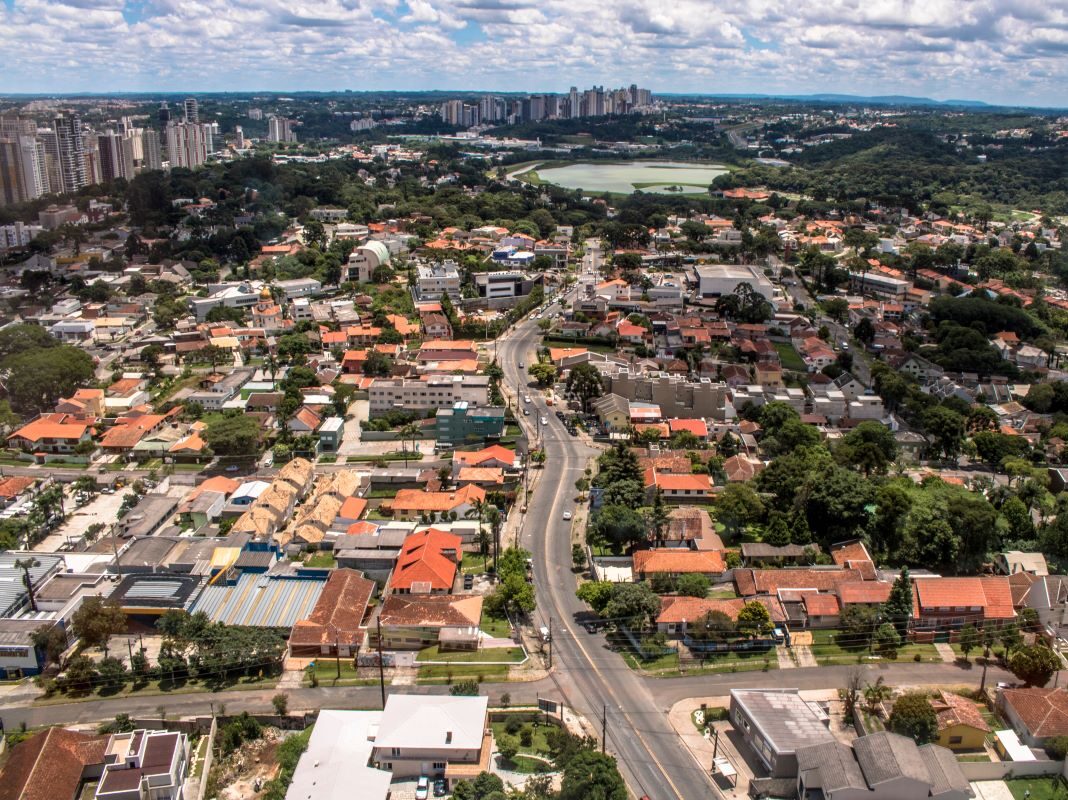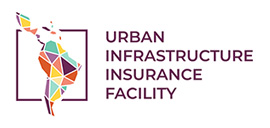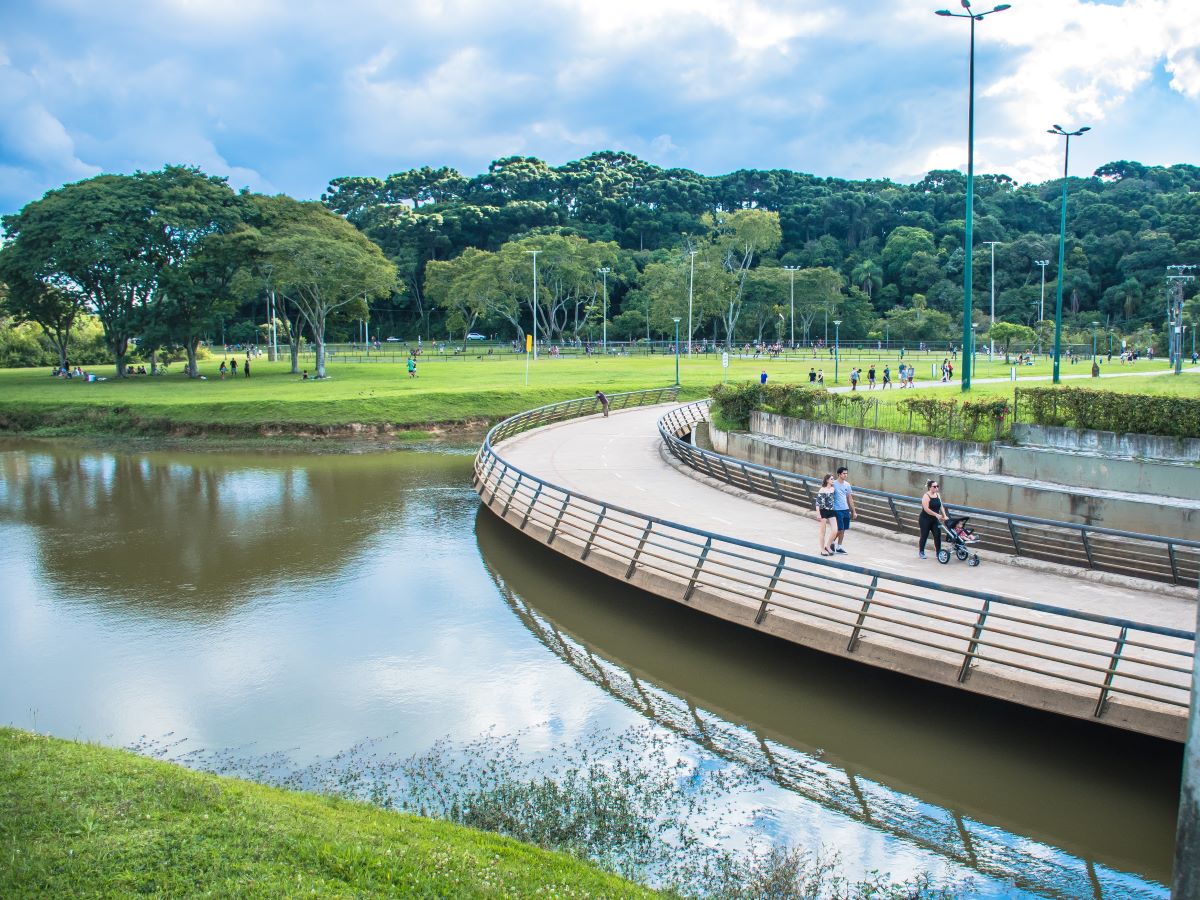
Curitiba is the capital and the largest city of the southern Brazilian State of Paraná, with a population of almost 2 million people, known for its innovative urban planning system and environmental awareness. Built on a large plateau, the city has a humid subtropical climate. Climate change has caused a change in the rainfall pattern in the last few years resulting in more common strong and intense storms and floods. There are also periods of droughts.
The city introduced a comprehensive municipal plan with an emphasis on adaptation and mitigation. Significant advancements in climate mitigation and adaptation have already been made by the city, including solar energy projects, urban farms, and environmental education initiatives.



